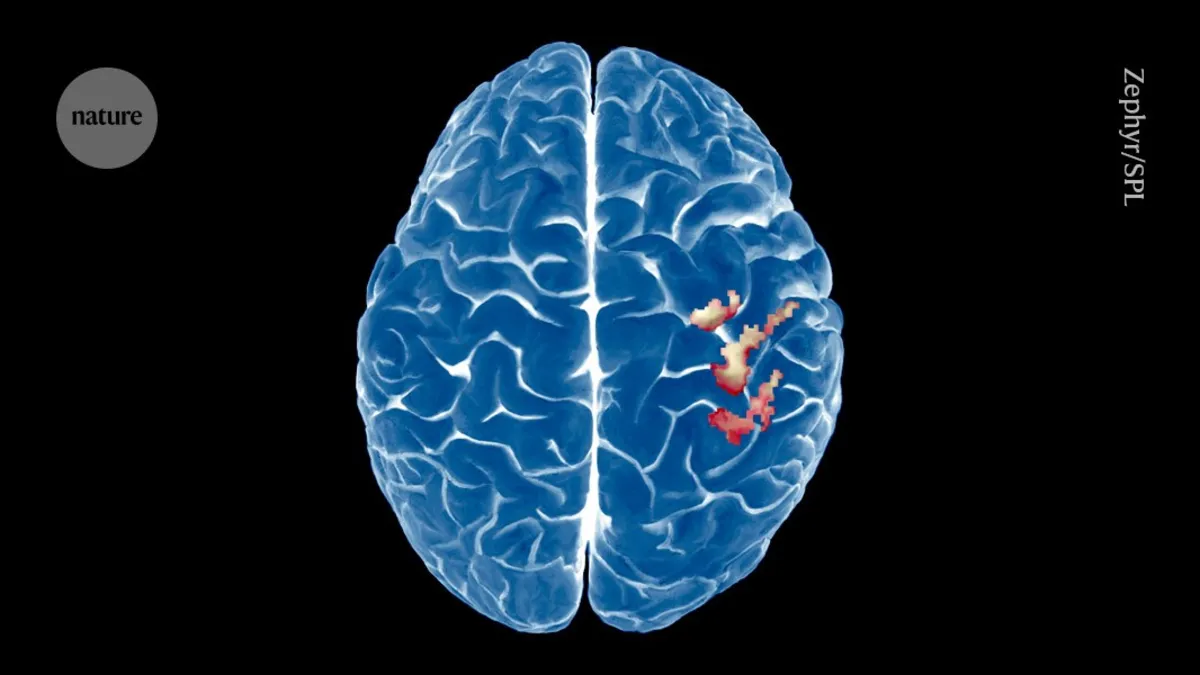
A groundbreaking brain-imaging study has significantly challenged a long-accepted belief in neuroscience: that the brain’s map of the body reorganizes itself to compensate for missing body parts. This research, published in Nature Neuroscience on August 21, uncovers surprising insights about the primary somatosensory cortex, a key area in the brain responsible for processing sensory information from various body parts.
Traditionally, it was believed that neurons in the primary somatosensory cortex would expand into neighboring areas after an amputation, effectively re-mapping the brain to account for the lost limb. However, the latest findings indicate that the primary somatosensory cortex remains remarkably stable, even years after an arm amputation. This new evidence contradicts foundational knowledge within the field of neuroscience regarding cortical plasticity, leading researchers to reevaluate long-held assumptions.
“Pretty much every neuroscientist has learnt through their textbook that the brain has the capacity for reorganization, and this is demonstrated through studies on amputees,” explains Tamar Makin, the study's senior author and a cognitive neuroscientist at the University of Cambridge, UK. She cautions, “textbooks can be wrong. We shouldn’t take anything for granted, especially when it comes to brain research.”
The implications of this study are profound. If the brain's map remains unchanged after an amputation, it could lead to the development of better prosthetic devices and improved treatments for individuals experiencing pain in phantom limbs—a condition where individuals continue to feel sensations in their amputated limbs. The findings may also assist scientists in restoring sensation in amputees, providing new avenues for treatment.
Hunter Schone, the first author of the study and a neuroscientist at the University of Pittsburgh, noted that anecdotal reports from amputees cast doubt on the idea of brain reorganization. Many individuals reported sensations of their missing limbs, claiming they could still feel and move fingers that were no longer there. To explore this phenomenon, the research team monitored three individuals preparing for arm amputation, utilizing functional magnetic resonance imaging (fMRI) to map their body representations before and after the surgery over a span of five years.
Prior to their amputations, participants engaged in various movements—including finger tapping and lip pursing—while inside an fMRI scanner. This process enabled researchers to create a detailed cortical map that illustrated which brain regions were responsible for sensing the hand. To test the hypothesis of neighboring neurons redistributing after amputation, the team also mapped the adjacent cortical area responsible for processing sensations from the lips.
The study's analysis revealed a striking consistency in the brain's representation of the body post-amputation. Even five years after surgery, the cortical map relating to the missing hand continued to activate in the same manner as it did prior to the amputation. Furthermore, there was no evidence that the cortical representation of the lips encroached into the hand region, which had been suggested by earlier studies.
Makin describes their research as “the most decisive direct evidence” that the brain’s innate body map remains stable after limb loss. “It just goes against the foundational knowledge of the field,” she asserts, underscoring the importance of these findings in shaping future research directions in neuroscience.